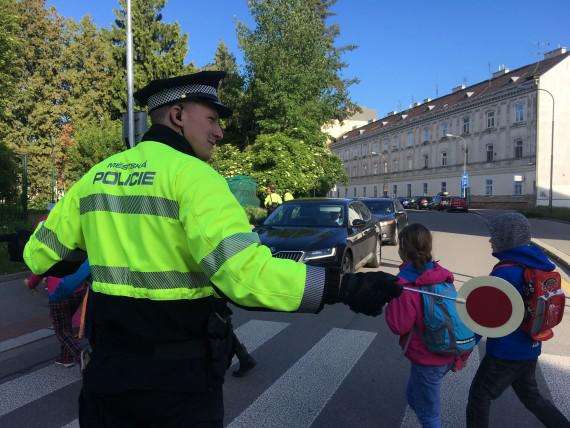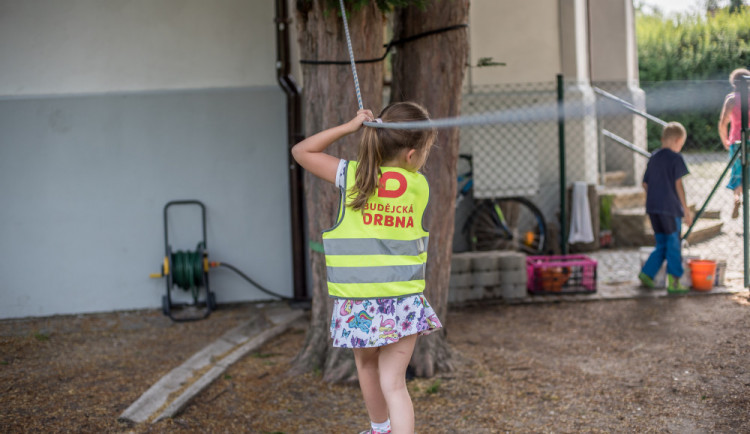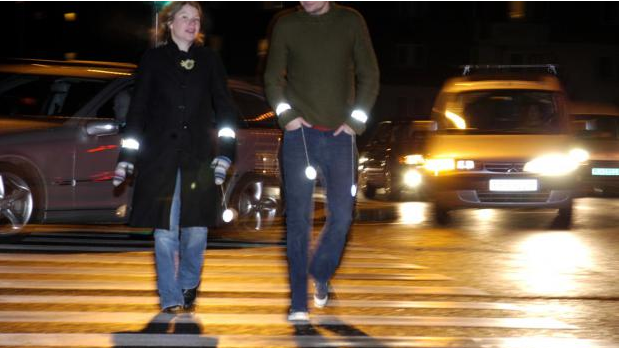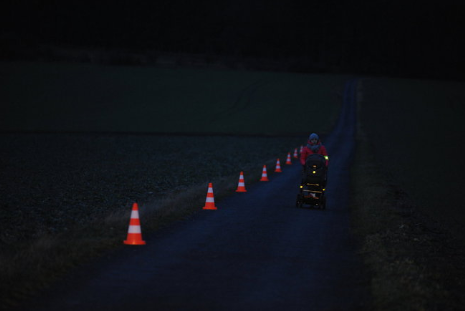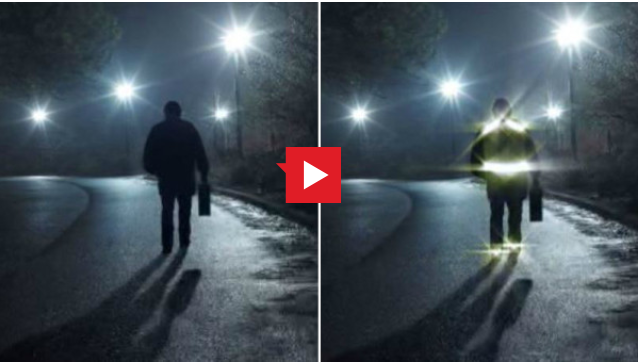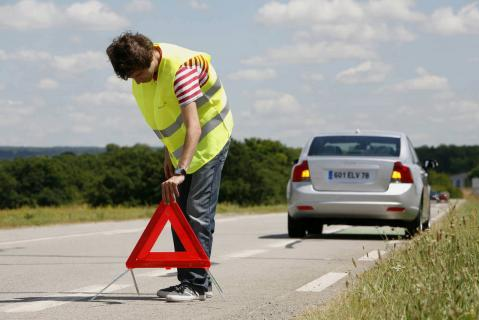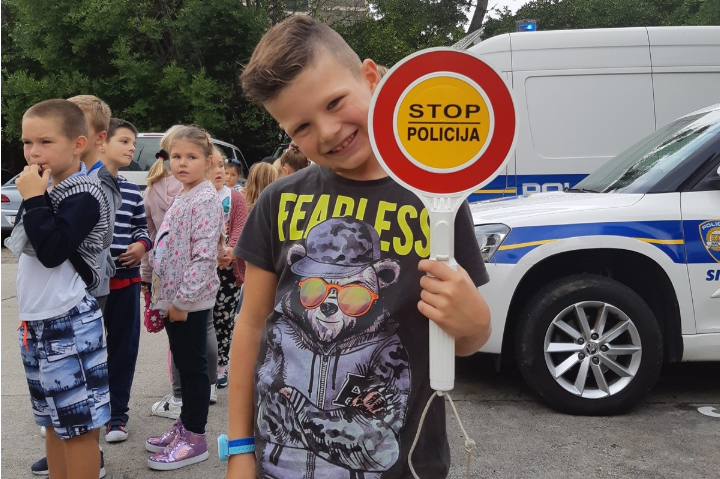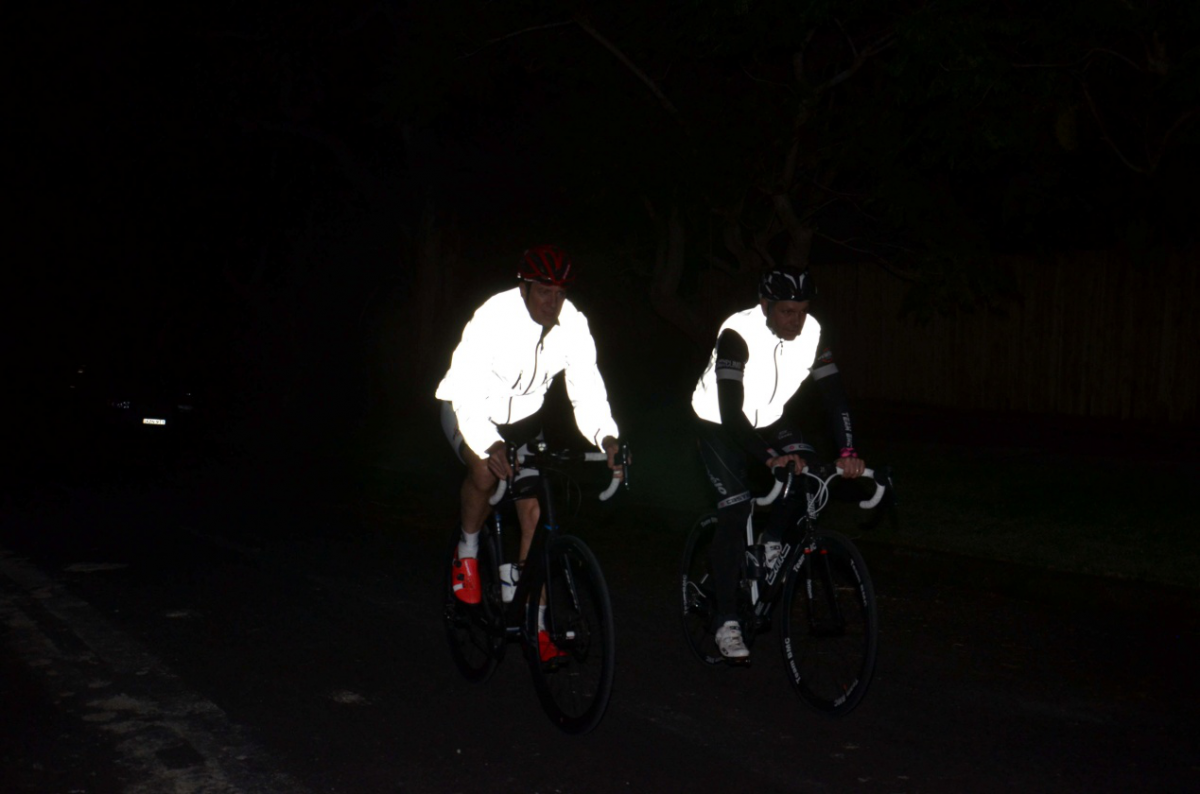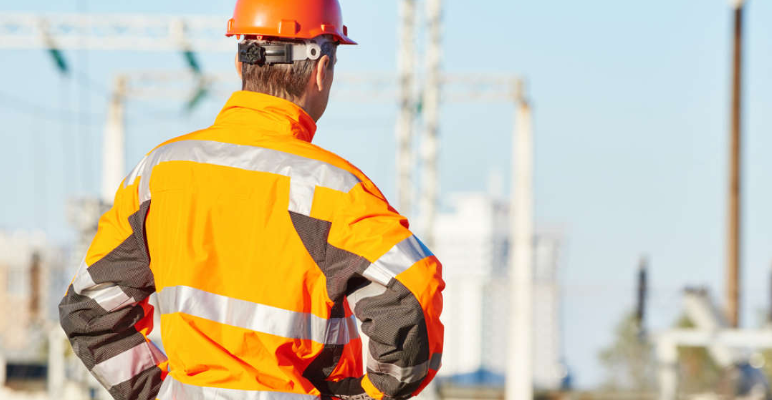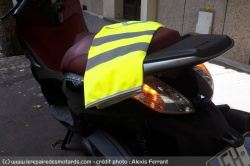Since February 20th this year, pedestrians have a new obligation to use outside the village with reduced visibility of reflective elements. As the head of the traffic police says in the interview, the first statistics suggest that fatal accidents outside the village decreased in the dark. However, the amendment to the Act on Road Traffic, which deals with reflective elements, brought another dimension of the view of night collisions with a pedestrian.
The share is normal
“The obligation to wear reflective elements (reflective vests, reflective tapes, etc)caused a balance between driver and pedestrian. There has been a legal situation where not only the driver has to focus on driving, but the pedestrian is obliged to be seen,” describes attorney Jan Cerný. Before the effect of the amendment, which instructs pedestrians to become visible, the driver was the primary culprit for the police and, consequently, the prosecutor. “I have also experienced cases of accusations when a pedestrian was walking on the wrong side of the road, wearing dark clothes and even under the influence of alcohol,” adds Jan Cerný.
Experts agree that in the investigation of traffic accidents, it focuses not only on the driver but also on the possible proportion of pedestrians. “We have a duty here, and it is assessed whether a pedestrian had a reflective element or not. If the driver with the reflective element had seen it, there could be situations that the driver would be fully developed. Previously, this happened very rarely in a collision of a motor vehicle with a pedestrian,” continues Jan Cerný.
Forget insurance benefits
Thus, in certain cases, a pedestrian may now be found guilty in part or whole. And this can also be reflected in the insurance indemnity. “It always depends on the investigation of the accident by the police on the spot. However, it may happen that the insurance company does not compensate the pedestrian, because he is responsible for the accident himself,” says Jiri Cívka of Generali. Labor Beran of Allianz also agrees: “There is always a general obligation to prevent damage. The possibility of shortening also applies. In each case, we examine whether the element has been used, how it was placed, and how it had a reflective surface,” he says, drawing attention to other pitfalls. “Typically, pedestrians tend to have a reflective element from behind, which may be useless if they go in the opposite direction. And then it is considered as complicity and guilt – and it can be 100%,” says Aries, and shows the case from practice.
We’ll see in five years
“Mum with a stroller went out of the village in the dark and did not have any reflective elements on it; A ninety car came from behind. The driver registered her at thirty meters, and in one-second reaction time, he drove 25 meters before taking an evasive maneuver to avoid knocking her. But in the opposite direction was the car, so there was a head-on collision with tragic consequences. It is quite clear that a woman is at least somehow guilty. It will probably recover at least part of the cost – and it can go up to millions of crowns,” Aries of Allianz describes the possibility that even the amount can be recovered by a pedestrian.
According to Beran, investigating similar accidents will be very challenging and will often have to be investigative. Even now, according to the head of the traffic police, it is common for courts to determine the percentage of responsibility of the parties. The new law, however, is still waiting for a specific interpretation and judicial practice.
“In several situations, a pedestrian will say that he did not expect reduced visibility, or that he believes that this is not a bad outlook. It will then be the judgment of the experts and at the same time, it will be a matter of interpretation of the courts. I assume that it will take at least five years before we can say what it is,” adds Jan Černý.
What the law says
“If a pedestrian is moving outside the village in poor visibility on the shoulder or on the edge of the road in a place not illuminated by public lighting, he/she is required to wear retro-reflective material placed to be visible to other road users,” talks about road law. It is important to emphasize what reduced visibility is. It is defined as a situation where road users do not identify other vehicles, people, animals or objects on the road, for example from dusk to dawn, fog, snow, heavy rain or in a tunnel. “People do not realize that reduced visibility is not only dark or dusk or dawn, but the obligation to use reflective elements also applies in daylight, even when it is raining, snowing or foggy,” says Martin Farář from Besip.
Where to?
The reflective element shall be visible to all other road users. “Therefore, in the case of reflective tape, we recommend placing it on the shin in the area above the ankle or wrist. Ideally, we have two tapes. We always put them on the right side, because outside the villages where there is no sidewalk, we walk against the direction of travel, ie the right side of the road,” recommends Martin Farář, head of Besip. “The lights of an incoming car shine first in the lower half of the body, so it is good to have the tape as low as possible. It is important to avoid having our clothes covered, especially when we put it on the wrist,” he adds.

